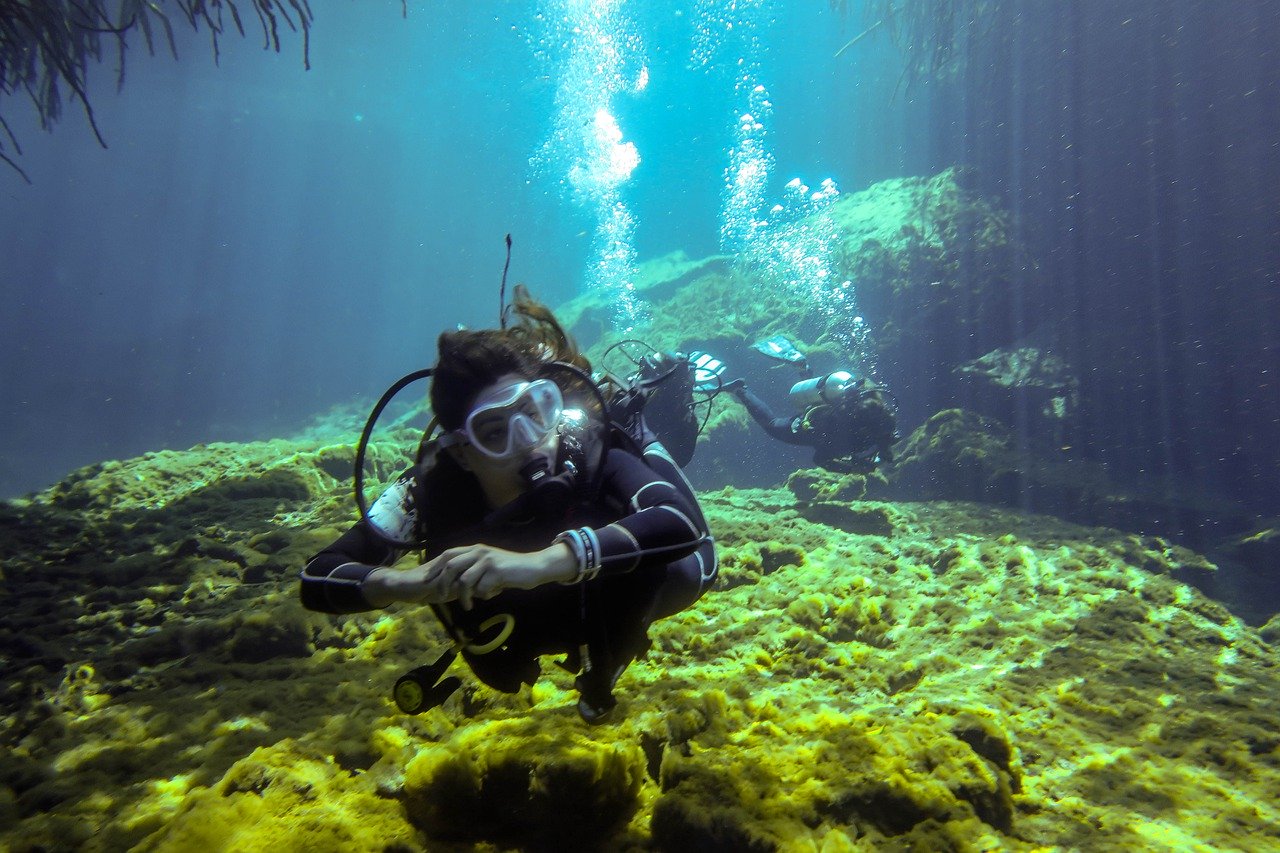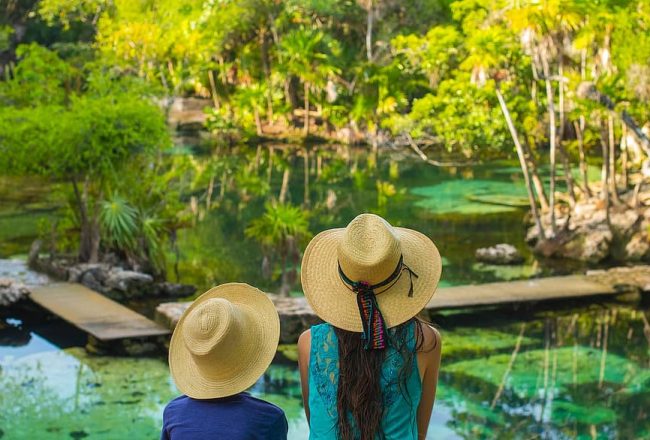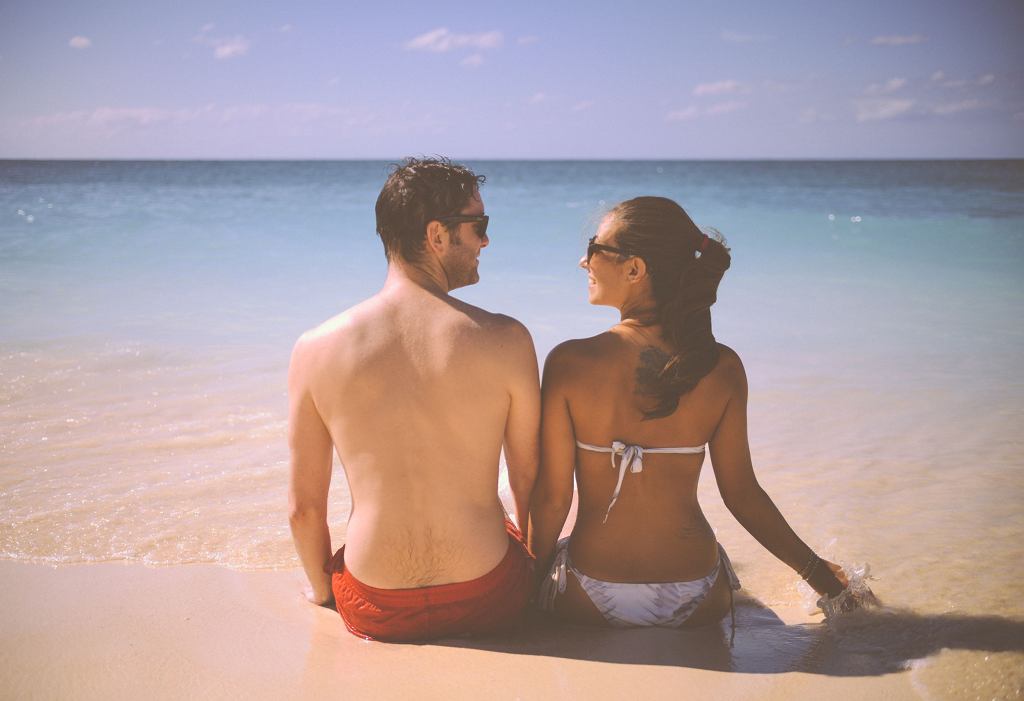A cenote is a natural pit. They are natural sinkholes. In the Yucatan Peninsula of Mexico, the Central American nation, we can see a lot of cenotes. Yucatan Peninsula, a low, flat land with almost no surface streams or rivers. The physical structure is a sign of the geological past of the region. Thousands of years ago, the Yucatan Peninsula was a coral reef in the bottom of the sea. While there is little surface water today, the Yucatan is currently home to three of the most extended subterranean water networks in the world. Cenotes form due to the collapse of the limestone bedrock. When the upper surface fails to stand, the crystal clear groundwater below the limestone bedrock rises from below. As a result, the cenotes form.
For many years, these cenotes, spread all over the Yucatan Peninsula, have become popular scuba diving spots for divers. These caverns made by nature are the dreams of every diver. Approximately 6000 cenotes are present in this Latin American destination. These cenotes offer some of the most beautiful waterways in the world for scuba divers. Therefore, we have made a list of tips for scuba diving in cenotes for all the scuba divers who want to witness this surreal experience.
Scuba Diving in Cenotes: A Few Tips to Consider
Having the Fundamental Scuba Certification
Not a long before, these cenotes were unavailable for all types of divers there. But, now they are available to everyone. Scuba diving in cenotes is also known as cavern diving. The only requirement of the cenotes diving is to retain the lowest amount of natural light. If the cenote satisfies this requirement, then the only thing left to do is Necessary Scuba Certification. This certification is a must and the first crucial element in the list of tips for scuba diving in cenotes. As it is a subterranean environment, therefore, there are some guidelines regarding this.
Be careful and conscious.
Perhaps even after certification, we need to keep in mind that cave diving in the subterranean environment is difficult. As there are many varieties of cenotes, so there are separate rules for each of them. Cavern diving in those places can begin by lugging a heavy dive gear for one mile or more than one through the forest. If the road is right, cars can also accompany you to the spot. After listening to the instructor, you’ve got to take a big dive into the natural sinkhole. As you take a jump into the cavern, the aesthetic underworld appears in front of your eyes. The sparkling water bubbles start capturing your mind. After that, you’ve got to follow the protocol. Your reference to follow is the glow of the leader. As a result, the dive leader takes you to an unknown world through several tunnels and halls of the cenote.
Not a child’s play
You’re just going to have to realize that cave diving or cenote diving is not for everybody. Locals and guides also advise when you ask them about some tips for scuba diving in cenotes. Therefore, because you have other health problems, such as chronic illnesses, you will have to avoid them. When you’re claustrophobic, because you’re scared of the night, maybe it’s best not to get into the pair. One should always consider these things before undertaking cavern diving.
How much it requires
A tax of about 16%, which could change in the future, gets imposed on any dive activity in Mexico, the Latin American country. There’s even an admission charge for the cenotes. The entry fee, as we noticed there, was also unusual. As a reminder, we must tell you that the entrance fee is extra for international travelers. There are several ethical provisions in this respect. A full cave certified dive guide and a certified diving gear is a must and compulsory for diving in Mexico.
When to visit
However, there should be no wrong moment to explore the secret wonders. Although the safest time for a cenote dive is between May and September of the year. They say that visibility and lighting inside the natural sinkhole are best during the calendar year. These months bring the sun to its best position, and as a result, underwater moments get captured in the best way in photographs. If you are fond of less crowded diving sites, this tip is one of the most useful tips for scuba diving in cenotes. As a perk, sunny months are a light season in Mexico City. Around that moment, being a tourist, you’re going to get the best offers on any alternative in Mexico.
Where to dive
Of the 6,000 cenotes in Mexico, the overwhelming majority of diver sites are present in between Tulum and Puerto Aventuras. Many cenotes have more than one dive route, which implies you might spend a whole day exploring every cave. This full-day diving is a bonus concerning the other options. You can find the Taj Mahal and Kukulcan, Chac Mool, and Ponderosa in the area of Puerto Aventura. Many cenotes are available to anybody who has the appropriate scuba certification. The networks Dos Ojos and Sac Aktun offer cave divers discovery possibilities.
What to see
Cenotes have many aquatic life forms in the caves that delight the eyes of the divers. According to the official report, there are about 15 types of fish, including catfish, mollies, and tetras. Nearly all marine life in the area is low but noticeable due to the depth of the surface and the shortage of hiding places. Chara, the form of algae, is the most living plant life in the cenote ecosystem.
Mexico has the highest concentration and the most significant number of cenotes in the world, particularly in the Yucatan Peninsula. The Cenotes are almost everywhere; some can be found in the deepest jungle, while others are in cities that have blossomed around these freshwater wells. The Maya believed that the Cenotes were holy doors opening to a different dimension. The human sacrifice used to take place in those cenotes. The skeletons of animals are still there in the cenote today. If you are a lover of the world of blue, you definitely would not want to waste any time visiting this place to have a magical experience.




No Comment